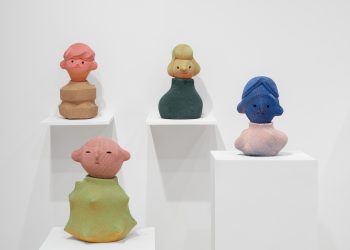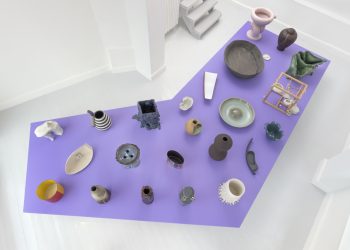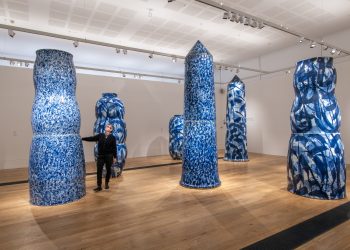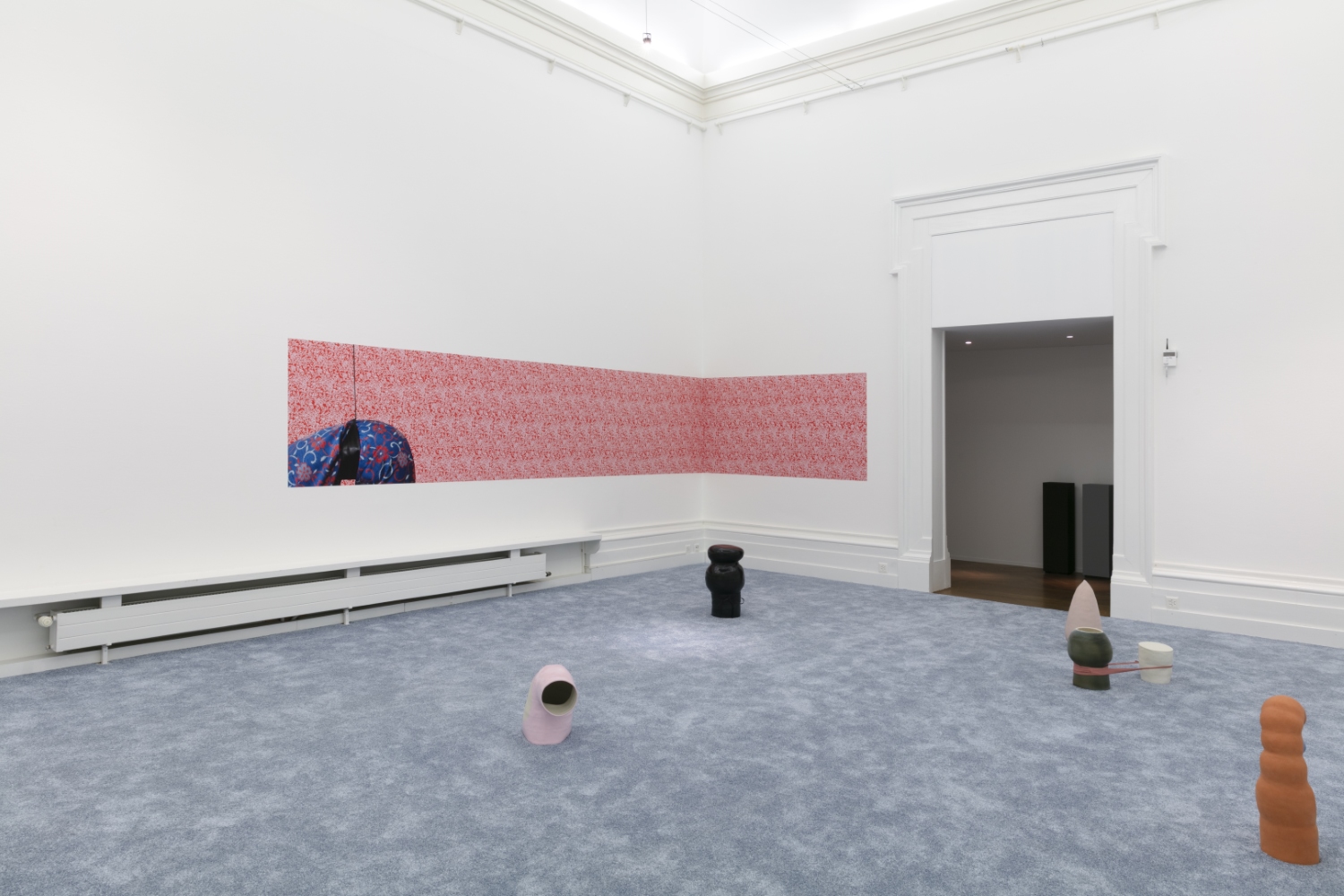
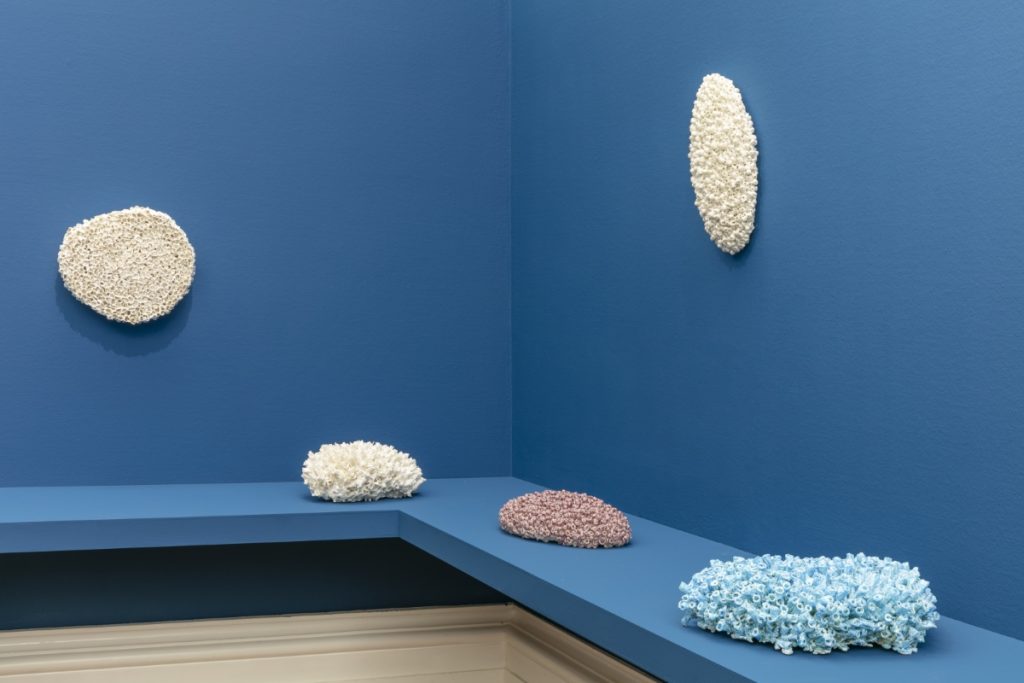
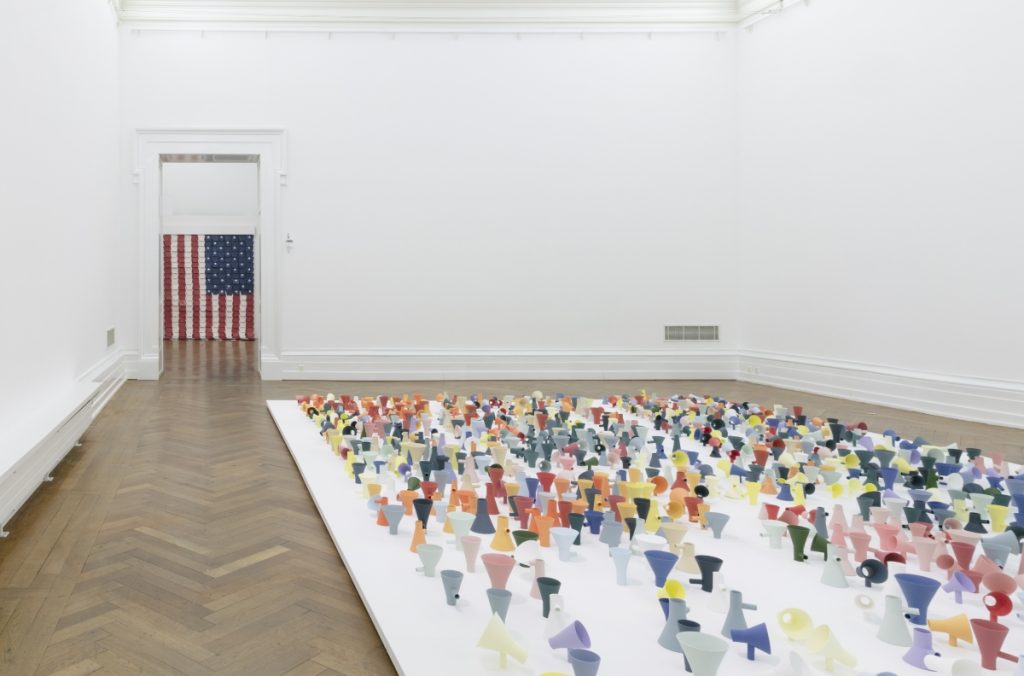
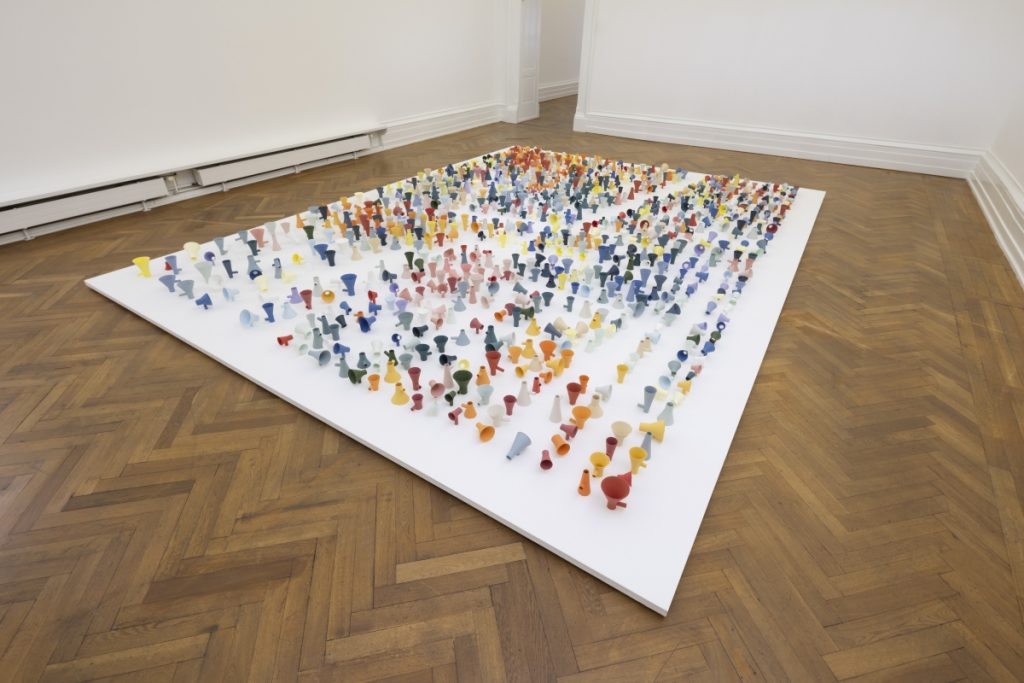
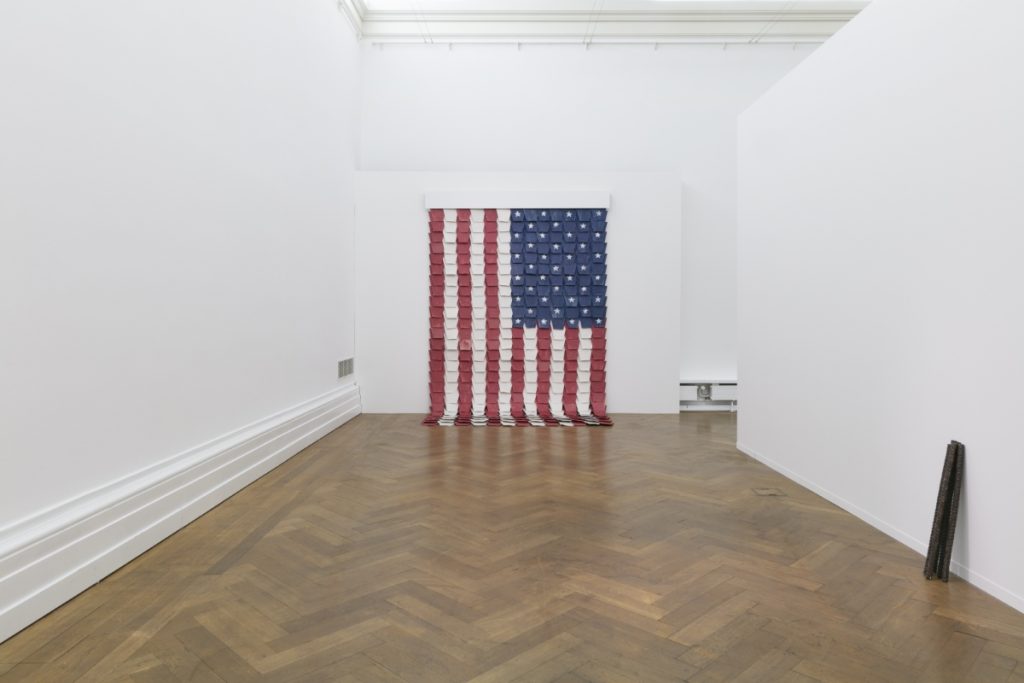
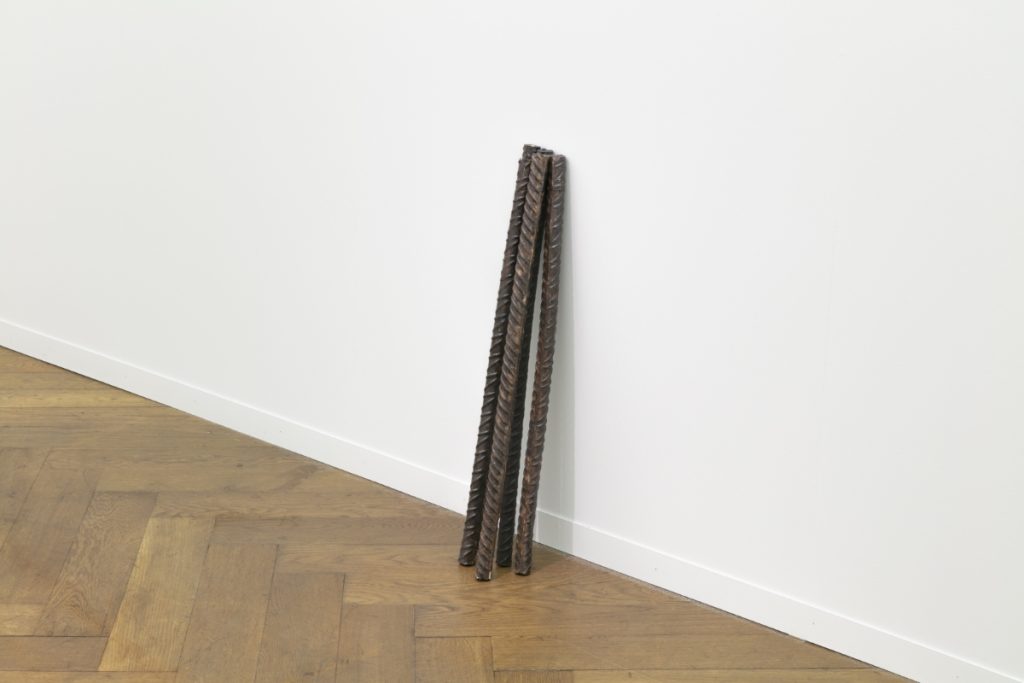
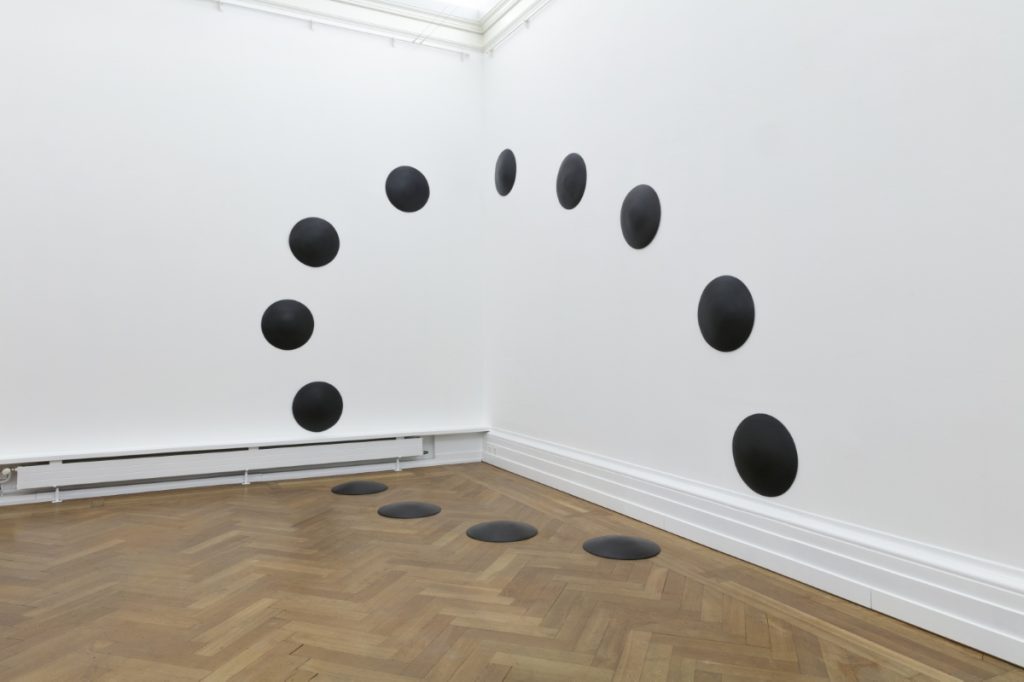
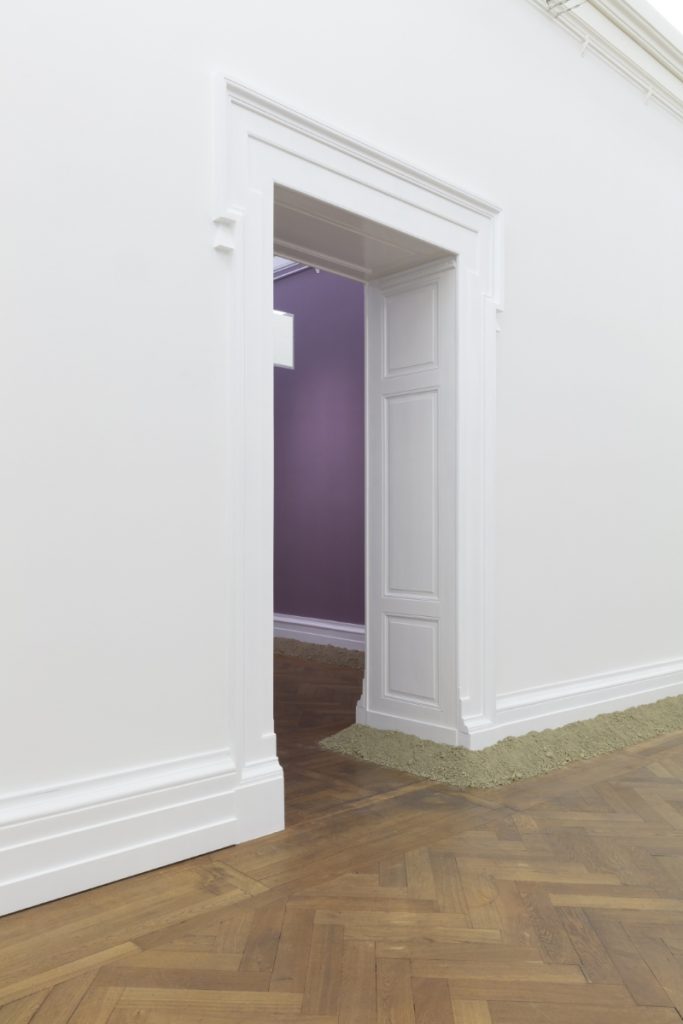
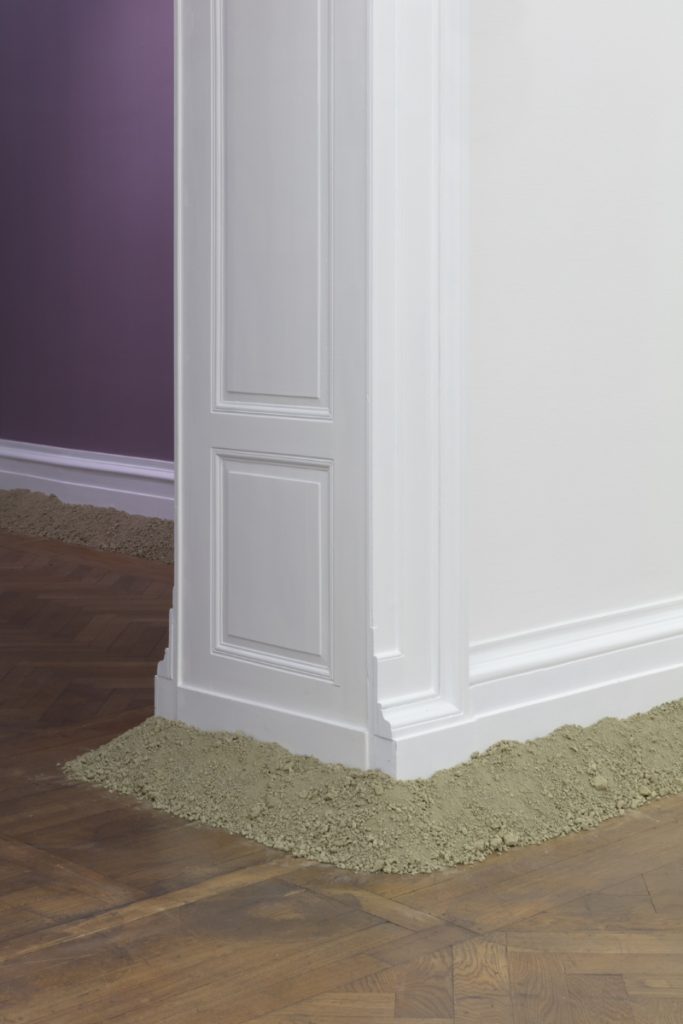
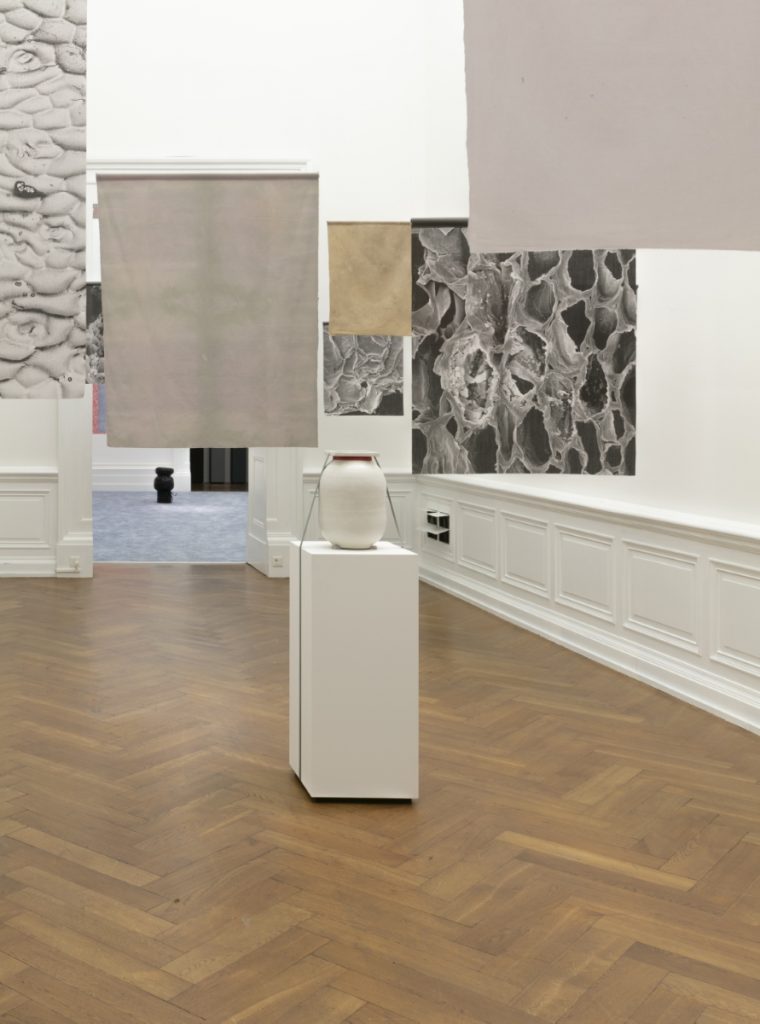
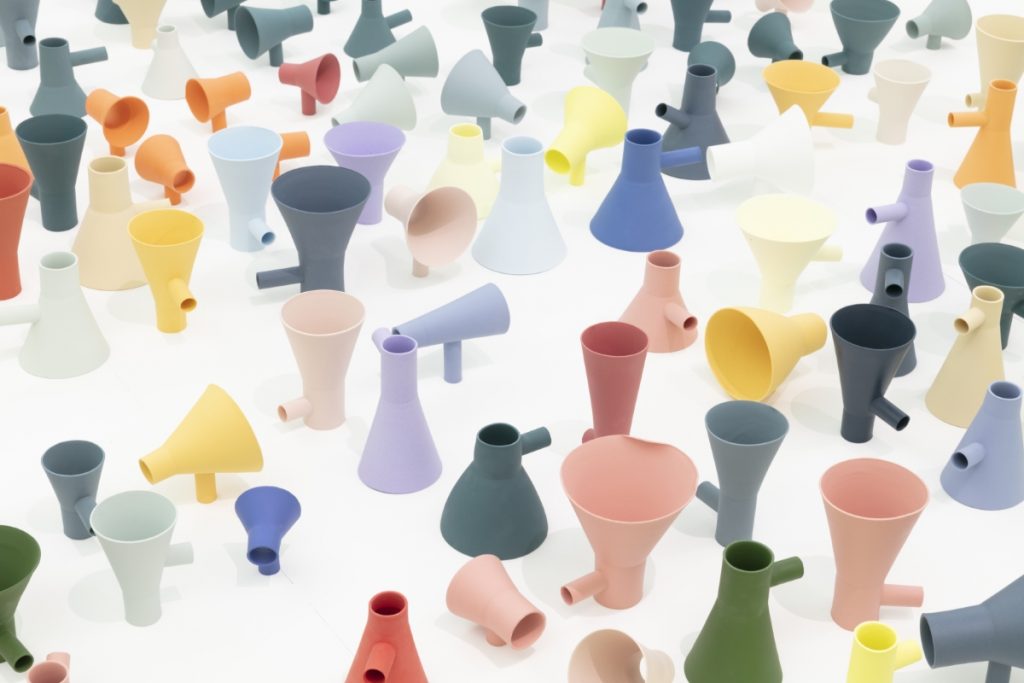
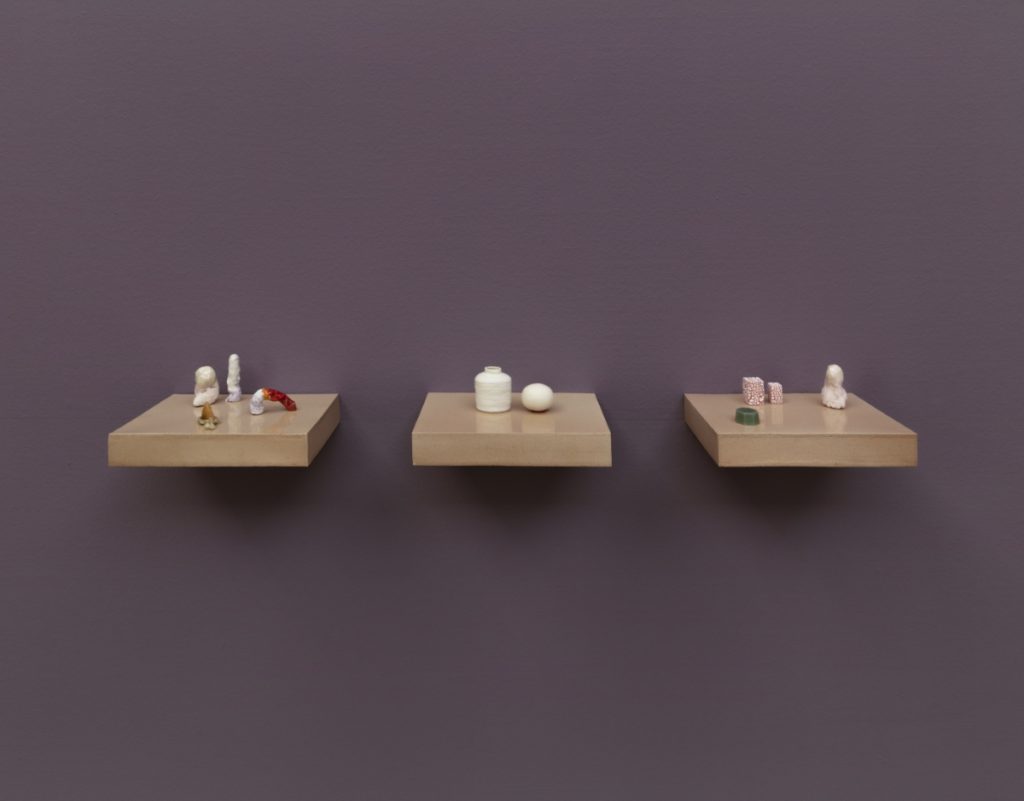
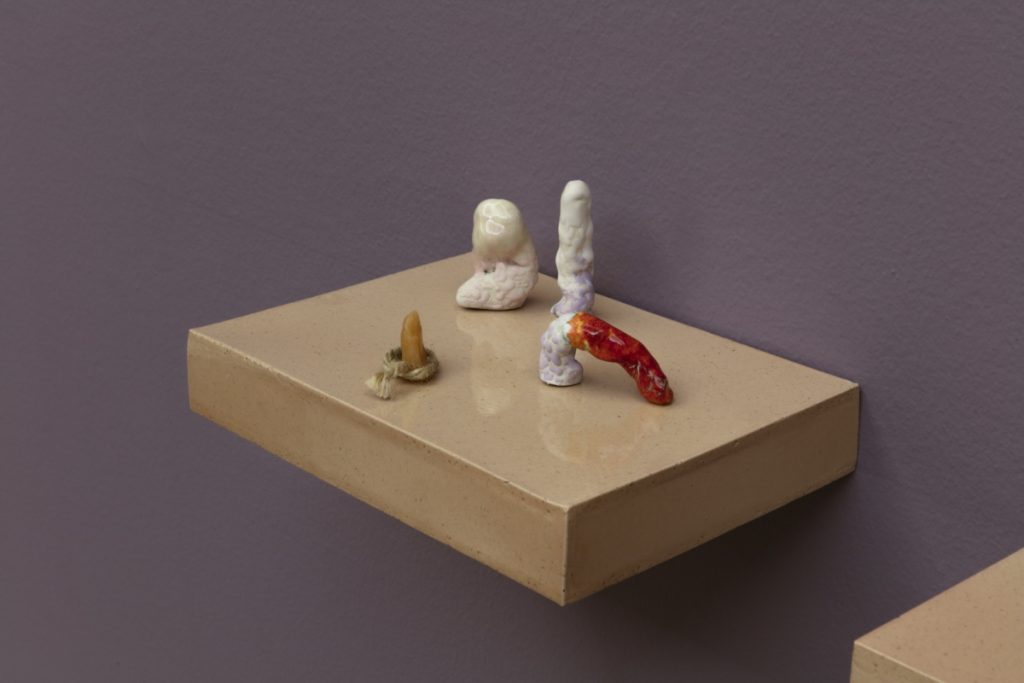
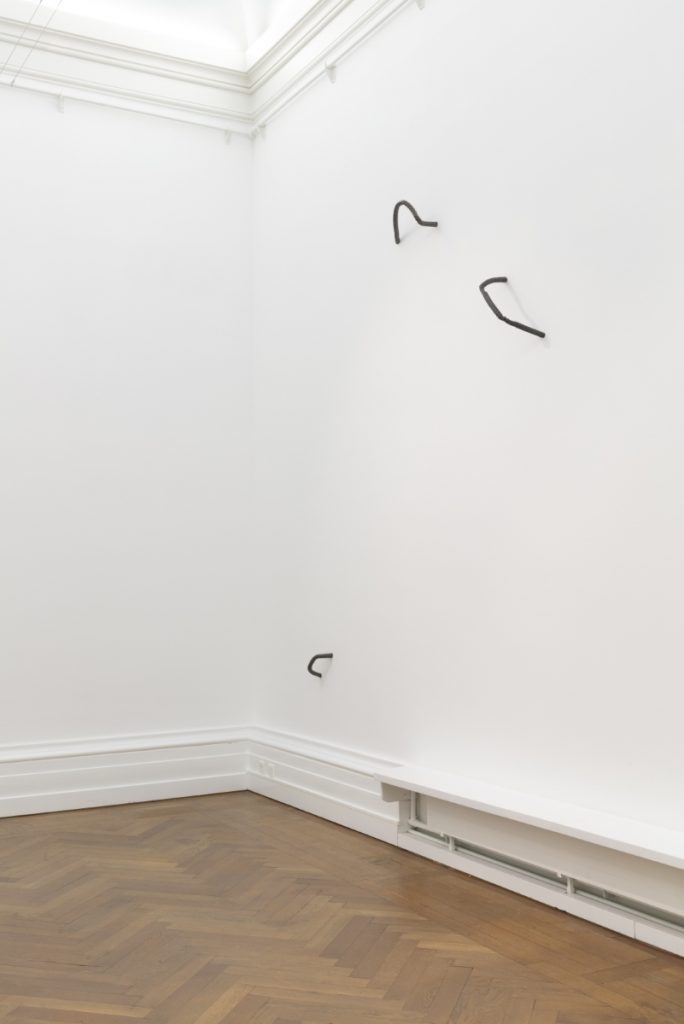
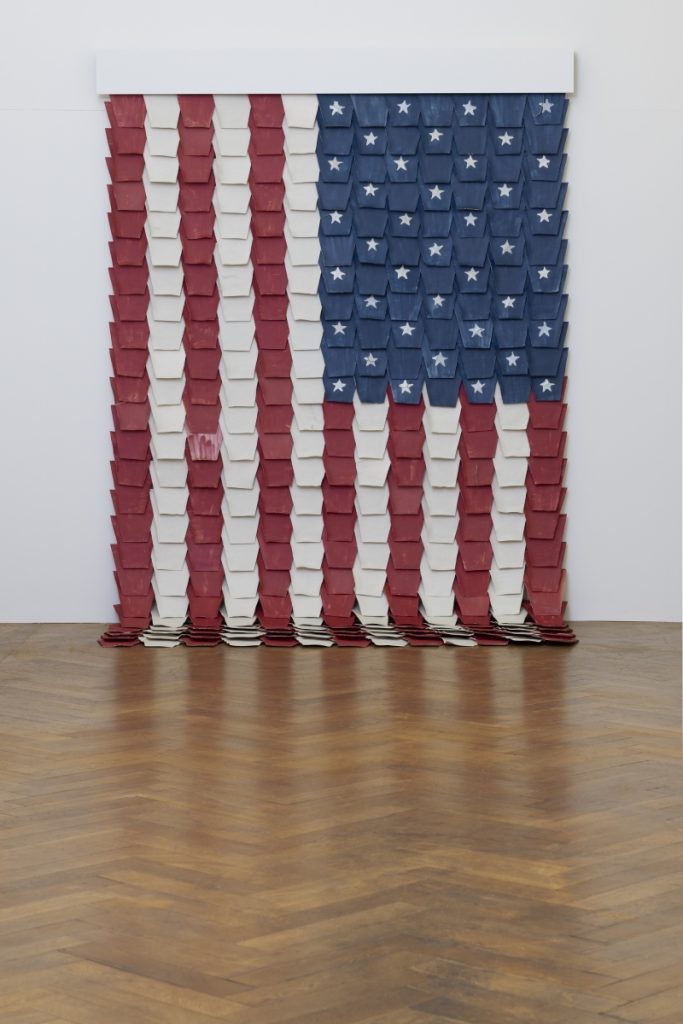
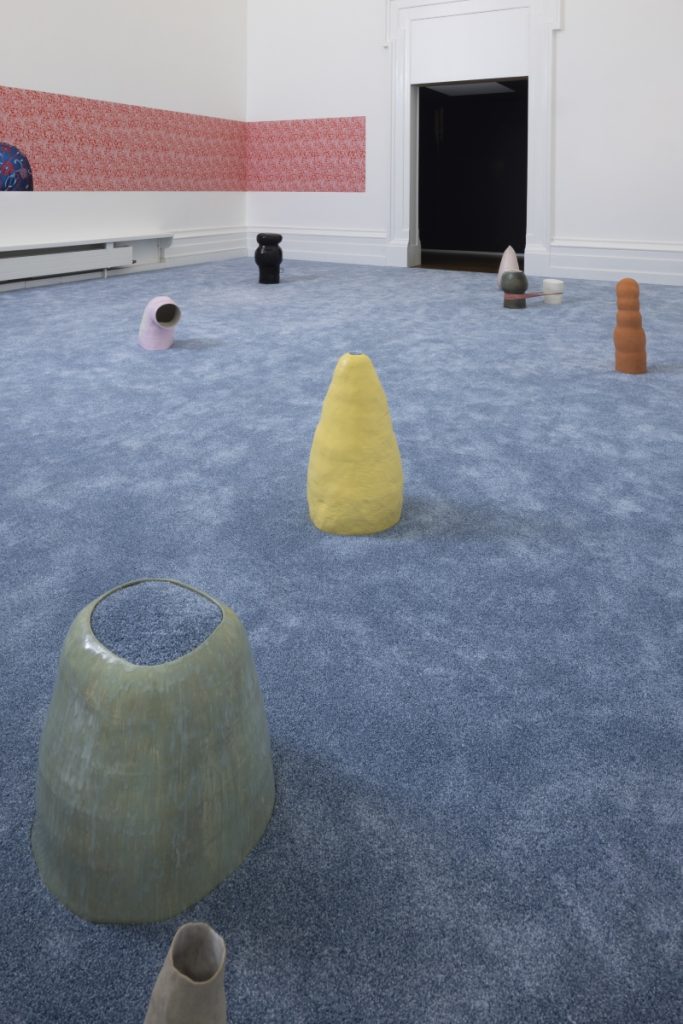
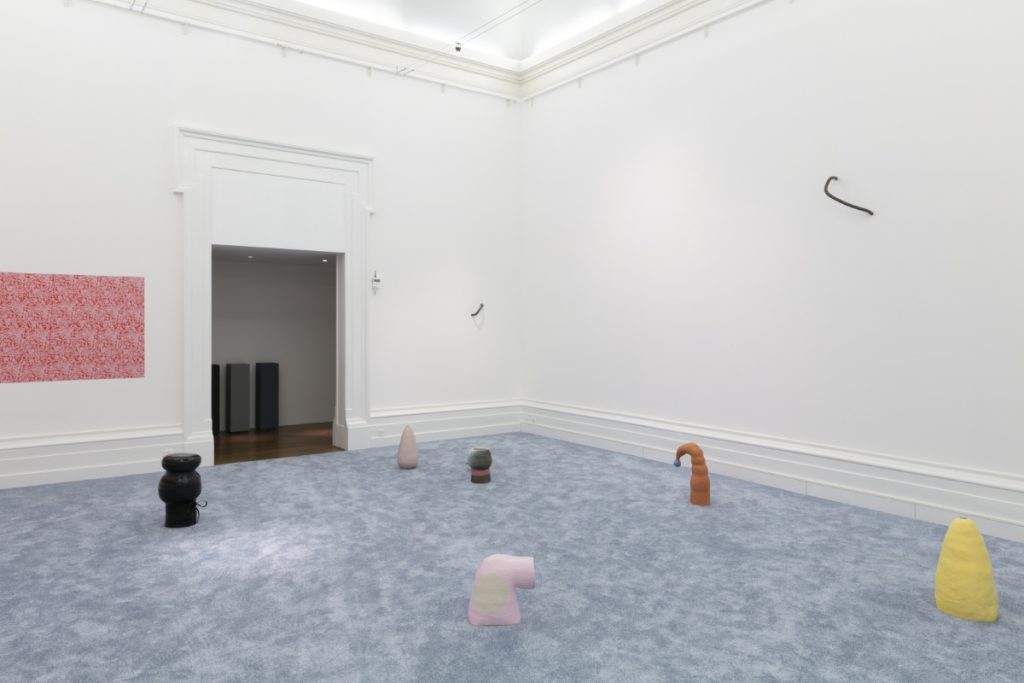
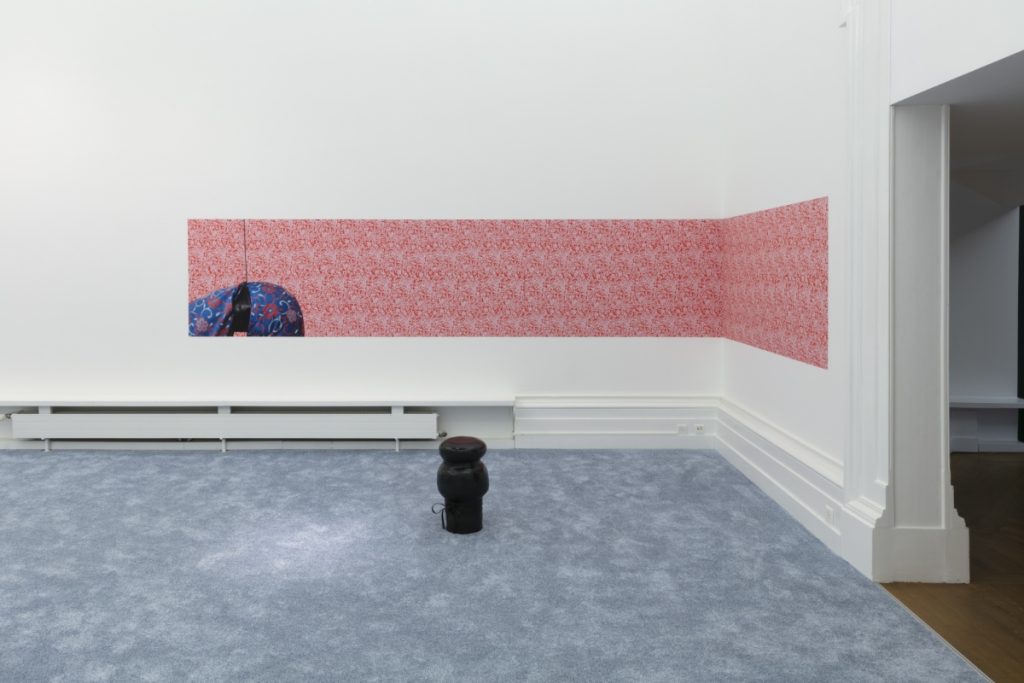
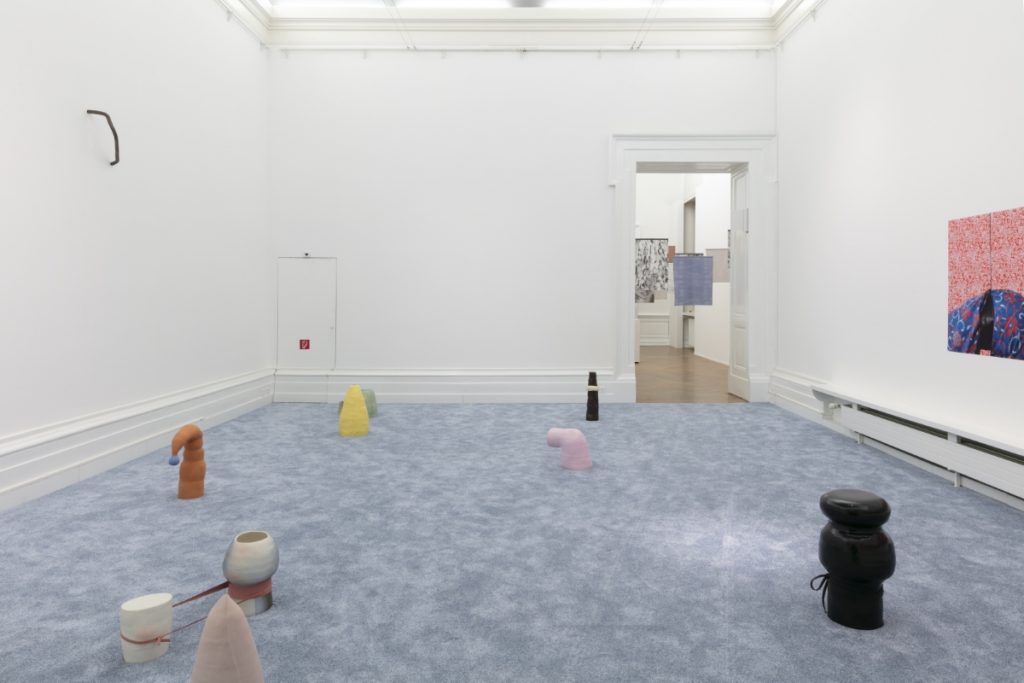
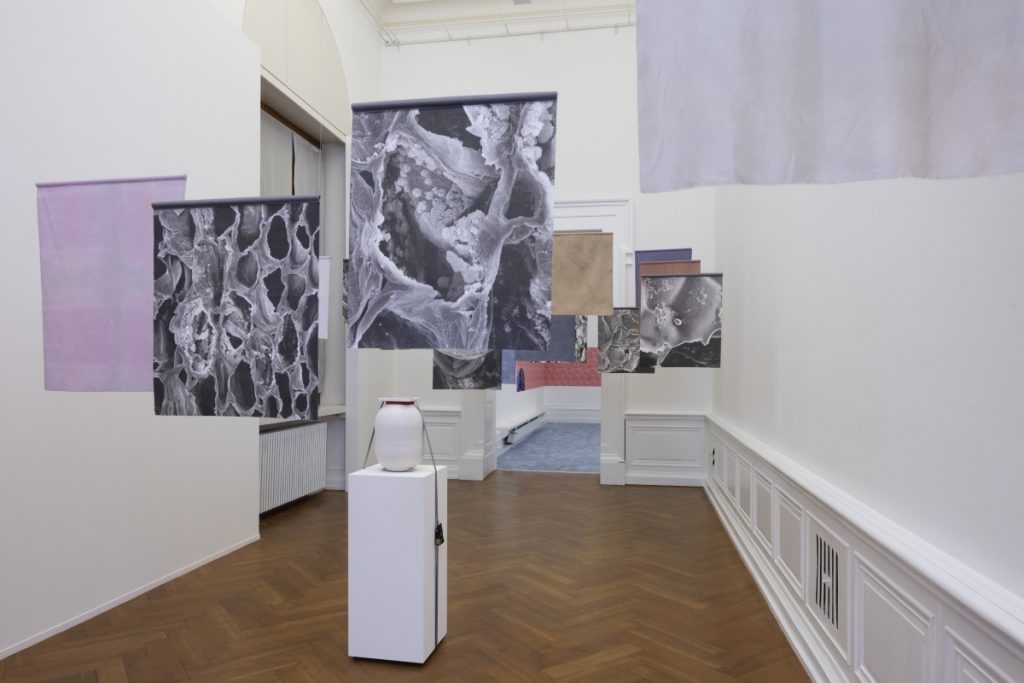
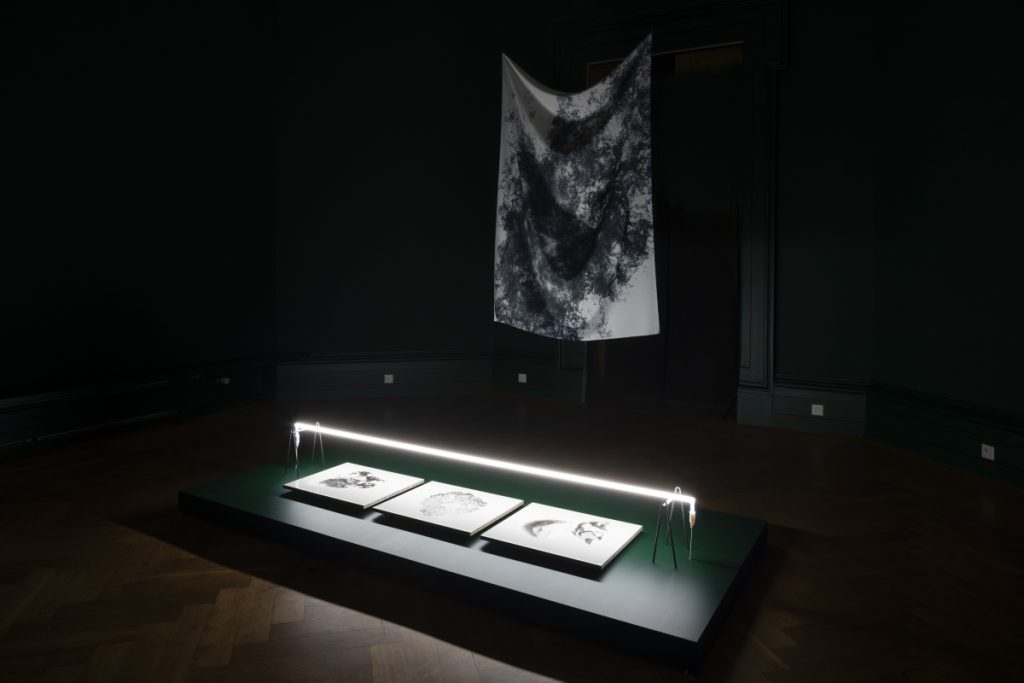
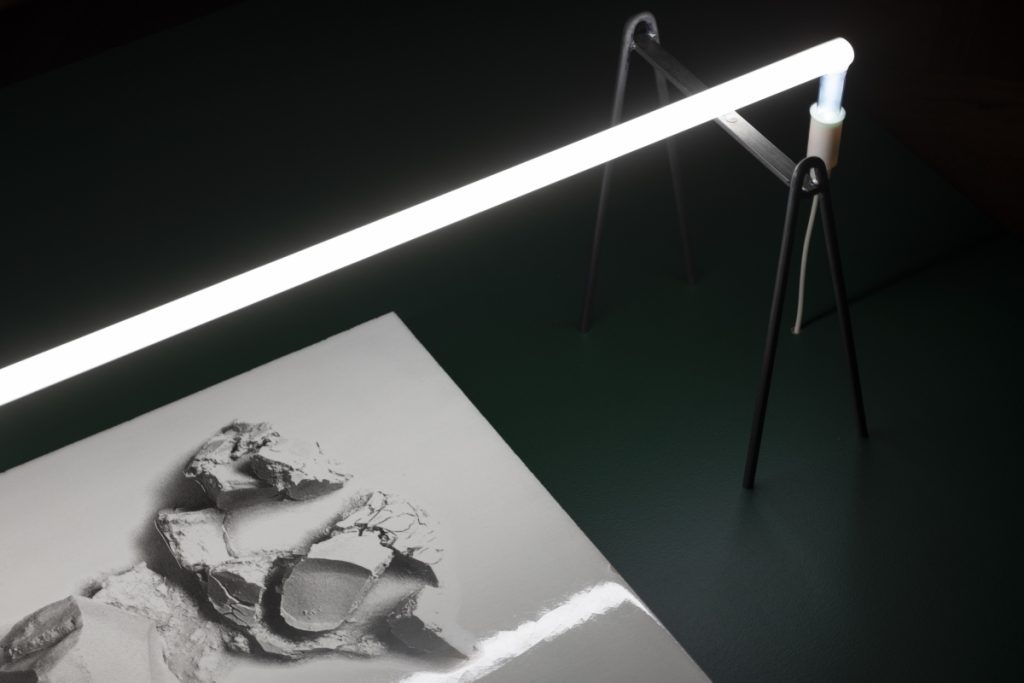
Melting Pot. Swiss ceramics today is on view at Musée d’art et d’histoire de Neuchâtel
September 18, 2022 – March 5, 2023
The Musée d‘art et d’histoire de Neuchâtel joined with the Château de Nyon to present this national ceramics exhibition organized in partnership with swissceramics, a country-wide association of professionals working in all aspects of this medium. This event is taking place in the wake of the 50th Congress of the International Academy of Ceramics, held in Geneva earlier in September. From among 58 entries in a competition on the theme “Melting Pot – from alchemical to cultural crucible”, a jury selected work by 24 artists to be shown at the two museums located in Nyon and Neuchâtel respectively.
The organizers chose to borrow the English term “melting pot” because it can refer, literally, to a recipient in which different ingredients are heated to yield a new substance, and, metaphorically, a society comprised of diverse populations that becomes homogenous through a process of assimilation and integration. Each of these artists has their own very personal take on the subject. Some have opted for an almost literal reference to alchemical crucibles while centring on the materials to be transmuted. Others focus on the term in its sociological sense, taking up political, social and environmental issues. Many engage in a reflection on their own discipline as it reinvents itself by hybridizing with other practices.
Taken as a whole, this exhibition is testament to the vitality of ceramics as a medium in its own right in the ebullient Swiss art scene. These artists’ pieces and installations clearly demonstrate the growing importance of its place in the contemporary art world.
Artists on show in Neuchâtel: Valérie Alonso, Joëlle Bellenot, Marie Bornet Lanz, Séverine Emery-Jaquier, Lynn Frydman Kuhn, Estelle Gassmann, Magdalena Gerber, Laure Gonthier, hoi Keramik (Robi Wehrle, Evelyne Laube, Nina Wehrle), Agathe Naïto, Michèle Rochat – Sophie Rochat – Clotilde Wuthrich, Sébastien Schnyder, Eva Vogelsang with Andrea Stebler.
“Melting Pot. Swiss ceramics today”
As Ludovic Recchia, art historian and artistic director of the Belgian ceramics centre Keramis, explains this exhibition’s title, the concept of a melting pot refers “to a multicultural society that has become homogenous through a successful process of integration and assimilation. Yet today the term is often used sarcastically because history has demonstrated the imperfections of such ambitions in most post-war societies. What we want to highlight with this evocative exhibition title – further emphasized by the tagline – is the rich metaphorical meaning of the term crucible, in both the metaphysical and sociological senses. Here it is a mental space where the humanist and democratic values of a culture, broadly defined as the ensemble of mechanisms that allow every society to construct a valid self-representation, meld together in concrete forms. Some artists have interpreted this theme literally, opting for a ceramic melting pot presented as such, an alchemical vessel. What marks this approach is not the seductive attraction of enamel but the formal audacity of these experimental pieces in which an unexpected mix of materials produces a mysterious, volcanic process of combustion, melding and agglutination.”
The artists featured at the MAHN address several issues, including history, art and ecology, as well as food and politics. Recchia continues,
“Our relationship with history, a privileged subject in postmodern art, is addressed in several pieces in this show. One ceramic artist, for example, references the 18th-century tradition of openwork baskets. Her multiple reinterpretations incorporate other materials (Estelle Gassmann, nature fluide). It’s not surprising that several artists have considered Melting Pot as an occasion to raise ecological concerns. Another ceramicist used clay taken directly from a local quarry to construct a pathway extending through several of the MahN’s exhibition rooms, literally bring raw materials – and in a sense, a veritable landscape – into the closed exhibition space.” (Séverine Emery-Jaquier, Il s’est passé quelque chose, rien d’extraordinaire…).
Of course, environmental concerns are closely related to questions about what we eat. A ceramicist, an anthropologist and a biologist worked together to produce an “aesthetics of fermentation” (Michèle Rochat, Sophie Rochat, Clotilde Wuthrich, Anaerobia). While the link between the utility of an object and the food it contains is a time-honoured feature in ceramics, several artists responded to this exhibition’s theme with symbolically relevant pieces often playing with the binomials container/contents and signifier/signified.
“Another category of these productions directly concerns political questions. An American-born ceramicist assembled coloured tiles to recreate a large Star-Spangled Banner. Her transcultural vision brings out the proximity between the cry “Black Lives Matter” and the political reality in many countries where the far right is ascendent (Lynn Friedman Kuhn, Oh, say can you see). Perhaps this deafening extremism is also at issue in the installation of coloured ceramic megaphones (Valérie Alonso, Dis-moi ce que tu entends là que tu n’entends pas là-bas).
Excerpts from the exhibition catalogue Melting Pot. Céramique suisse actuelle
swissceramics
Founded in 1959, swissceramics – the Swiss ceramic association – is a countrywide grouping of ceramic professionals representing diverse aspects of this medium, ranging from craft products and artworks to design.
This organization, which has now expanded to some 300 members, organized the 50th Congress of the International Academy of Ceramics held in Geneva from 12 through 16 September 2022. The Musée d’art et d’histoire de Neuchâtel and the Château de Nyon followed up with a public exhibition divided between the two venues featuring work by artists selected by an international jury from among submissions to a competition.
Contact
mahn@ne.ch
Musée d’art et d’histoire de Neuchâtel
Esplanade Léopold-Robert 1
CH-2000 Neuchâtel
Switzerland
Photos by Maciej Czepiel and Nicolas Lieber, courtesy Musée d’art et d’histoire de Neuchâtel



